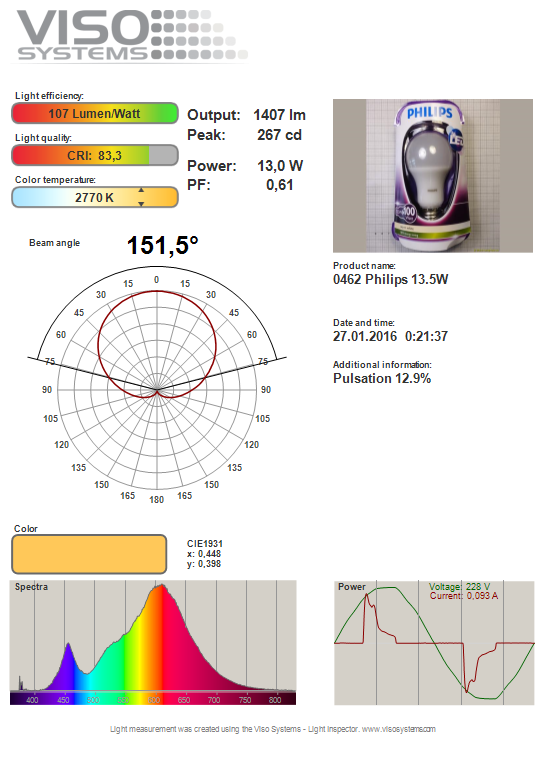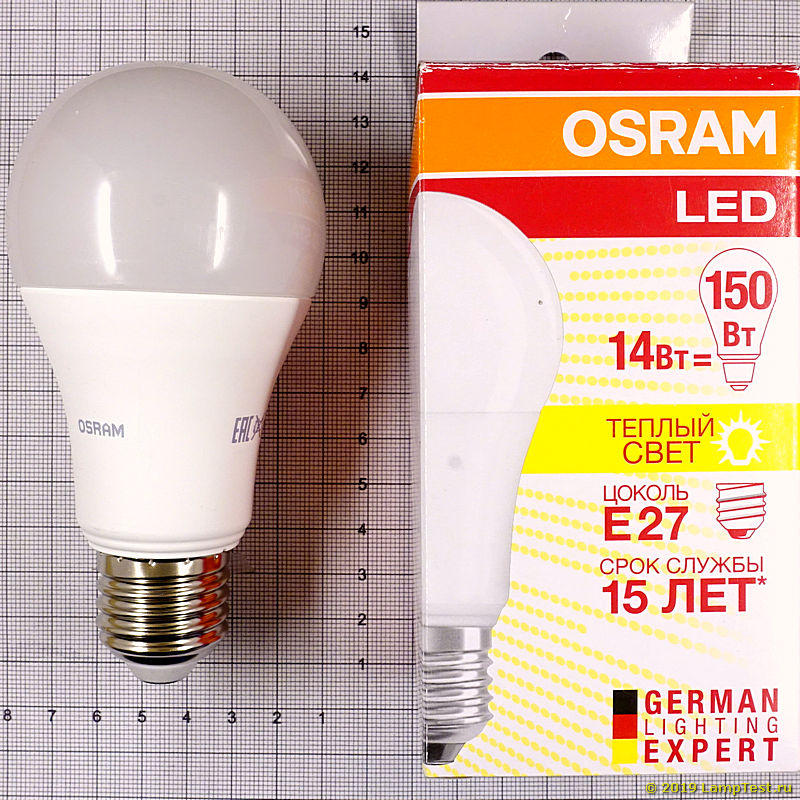This last photo of yours is the most common led type in Brazil, fewer LEDs with same Wattage. Are they as good as the SIL with 30 plus LEDs?
Here are some photos of the build:
This last photo of yours is the most common led type in Brazil, fewer LEDs with same Wattage. Are they as good as the SIL with 30 plus LEDs?
This last photo of yours is the most common led type in Brazil, fewer LEDs with same Wattage. Are they as good as the SIL with 30 plus LEDs?







400w of 13w Philips is about 700umol.
They are 1.78umol/w, as measured by Migro on YouTube

| Luminous flux | 804 lm | Measured with photogoniometer, calculation done as described in LM79-08. |
| Luminous efficacy | 82 lm/W |


| � | |||
| Заявлено | Измерено | % | |
| Мощность, Вт | 13.5 | 13.0 | 96.3 |
| Световой поток, лм | 1521 | 1407 | 92.5 |
| Эквивалент лампы накаливания, Вт | 100 | 120 | 120 |
| Цветовая температура, К | 2700 | 2770 | 102.6 |
| Заявлено | Измерено | % | |
| Мощность, Вт | 14.0 | 14.2 | 101.4 |
| Световой поток, лм | 1521 | 1530 | 100.6 |
| Эквивалент лампы накаливания, Вт | 150 | 135 | 90 |
| Цветовая температура, К | 2700 | 2797 | 103.6 |
| Индекс цветопередачи, CRI (Ra) | 80.0 | 81.5 |






What height are you using? Go for more bigger wattage if you need penetration for higher plants or more smaller wattage if you need more surface. The more efficient use for more yeld would probably be more smaller ones kept more closer to the canopy, but both can be used.









Anyone still here? I’m trying to find more recent info on household LEDs if anyone knows where they’re talking about more stuff!
Cruel said:Anyone still here? I’m trying to find more recent info on household LEDs if anyone knows where they’re talking about more stuff!





| Заявлено | Измерено | % | |
| Мощность, Вт | 9.5 | 9.5 | 100 |
| Световой поток, лм | 1521 | 1526 | 100.3 |
| Эквивалент лампы накаливания, Вт | 100 | 135 | 135 |
| Цветовая температура, К | 2700 | 2724 | 100.9 |
| Индекс цветопередачи, CRI (Ra) | 90.0 | 92.3 | |
| Индекс передачи красного цвета, R9 | 44 | ||
| Индексы цветопередачи TM30 Rf, Rg | 91, 98 | ||
| Отклонение от белого цвета, Duv | -0.0003 | ||
| Эффективность (количество люмен на ватт) | 160.0 | ||
| Угол освещения, град. | |||
| Коэффициент пульсации света, % | 2 | ||
| Напряжение рабочее, минимальное, В | 220-240 | 189 | |
| Коэффициент мощности, PF | 0.96 | ||
| Срок службы, час | 25000 | ||
| Минимальный уровень диммирования, % | 1 | ||
| Работа с выключателем, имеющим индикатор | OK | ||
| Тип драйвера: | импульсный-1 | ||
| Максимальная температура корпуса | |||
| Гарантийный срок, мес | 24 | ||
| Размер и вес лампы | 60x120мм 118г | ||
| Дата изготовления лампы | 0921 | ||
| Завод-изготовитель | 21633 | ||
| Дата тестирования | 16.03.22 | ||
| Актуальность лампы | продается | ||
| Для измерений использовались приборы |
|



 Not complaining, and still won't go back to the cfl.
Not complaining, and still won't go back to the cfl.I remember the days when everyone was talking about PAR.